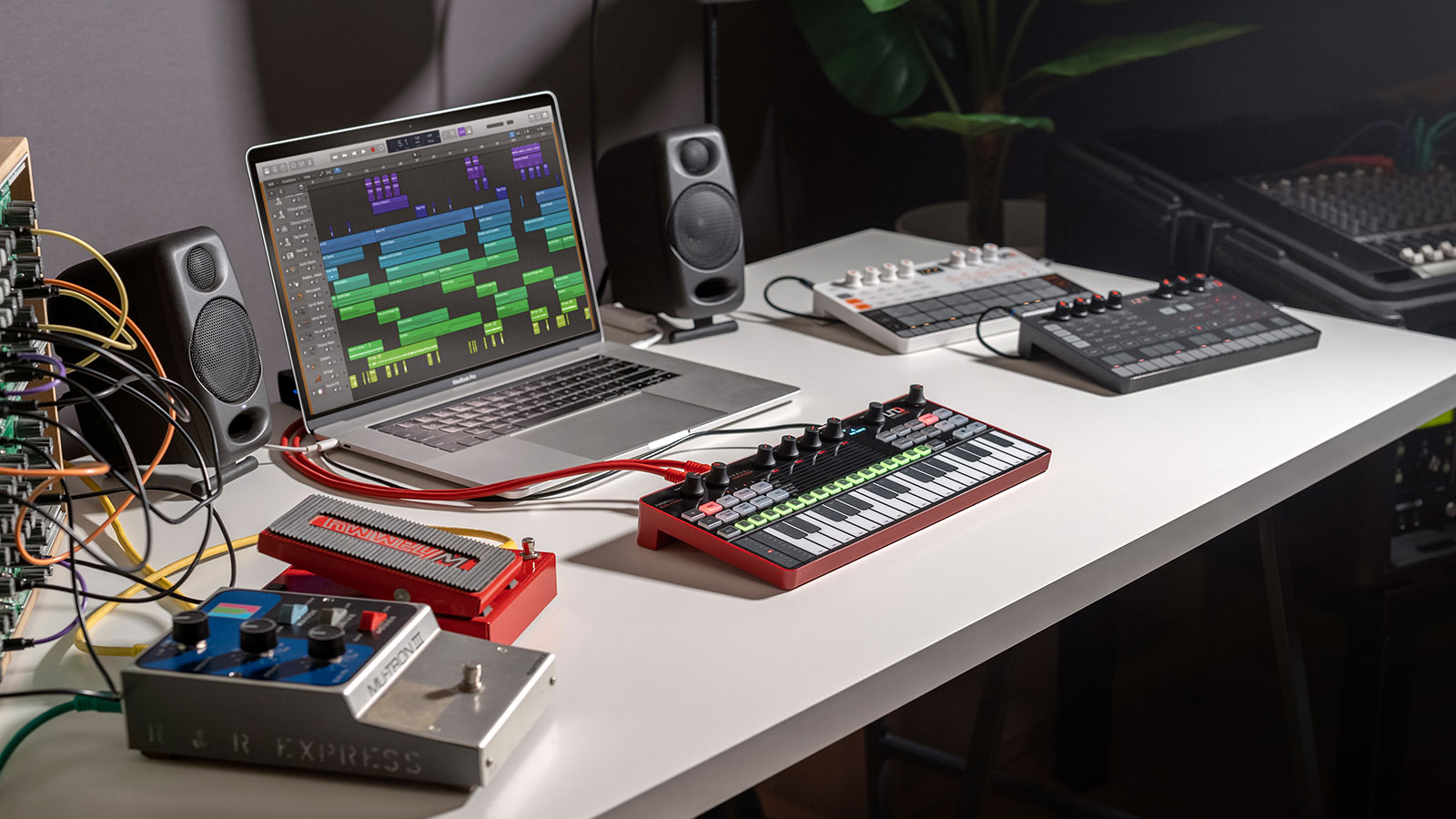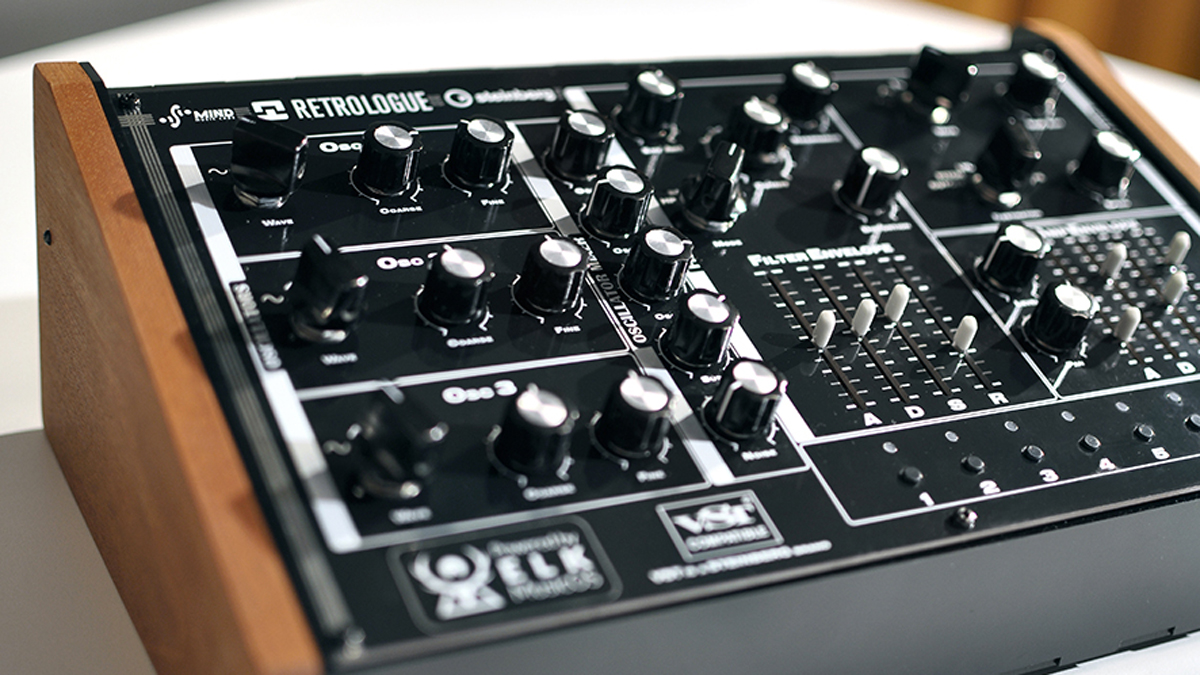Studio hacks: 6 pro synth programming techniques
Go beyond basic sound design with these quick pro tips and time-tested techniques

Do you find yourself relying on stock patches and not using your synths to their full potential? Ditch those presets and program standout synth sounds for yourself!
1. Modulation fades
Heavy modulation of oscillator pitch or filter cutoff can sound a little over-the-top if applied to the entire duration of a sound. Many synths allow a ‘fade in’ to be applied to modulation routings though.
You might find this as a ‘fade’ parameter attached to an LFO, or within your synth’s modulation matrix. This can be a great tool for adding tremolo to just the release tails of synth chords, or creating bold EDM-style bass with distinctive ‘wobbles’.
2. Looping envelopes
It’s common to find modern synths offering a ‘loop’ function for envelope generators, but what does this do? Well, exactly what it sounds like – once the envelope reaches the end of its final stage, it will retrigger from the start of the ‘attack’.
In effect this creates an entirely customisable LFO. Adjusting the attack and decay/release controls will adjust the speed of the LFO, as well as letting you tailor its shape.

3. Noise as a mod source
Alongside standard tools like LFOs or envelopes, many synths let users use a noise generator as a modulation source. The benefit? In modulation terms, noise provides very rapid randomisation, with the effect of sounding gritty and atonal.
Apply a little noise modulation to a filter cutoff for an alternative to distortion or, in small amounts, to modulate oscillator pitch.
Want all the hottest music and gear news, reviews, deals, features and more, direct to your inbox? Sign up here.
4. A filter as an extra oscillator

Analogue-style filters sometimes have a capability called ‘self oscillation’, which is what happens when the resonance is increased to a point that the filter generates an audible pitch by itself. This means the filter can be employed as a sine wave oscillator.
What’s more, if your filter features ‘keyboard tracking’ – meaning the cut-off point moves in sync with incoming notes – you can play this filter/oscillator melodically. Raise the filter resonance to full, tune the resulting tone to a ‘C’, then play some notes to hear this in action.
5. Sync and sweep
Oscillator sync is a common feature on both hardware and plugin synths. Simply put, it means the wave cycle of a secondary oscillator is reset in sync with the primary oscillator. So when osc 1 returns to its ‘0’ point in the wave cycle, osc 2 jumps back to ‘0’ too.
Sonically, this works best when manipulating the pitch of one of the synced oscillators. Use an LFO to modulate pitch, or manually change the octave/course tuning of osc 1 for classic sync sweep effects.

6. Take control
Try to include at least one ‘expressive’ modulation routing in each synth patch. By this we mean make use of controls such as a mod wheel, macro dials, aftertouch or a foot pedal input.
Anything that allows you to get physical with key elements of a patch can really bring your sound to life. Good parameters to map include filter cutoff, oscillator detune or LFO modulation depth.
Future Music is the number one magazine for today's producers. Packed with technique and technology we'll help you make great new music. All-access artist interviews, in-depth gear reviews, essential production tutorials and much more. Every marvellous monthly edition features reliable reviews of the latest and greatest hardware and software technology and techniques, unparalleled advice, in-depth interviews, sensational free samples and so much more to improve the experience and outcome of your music-making.
